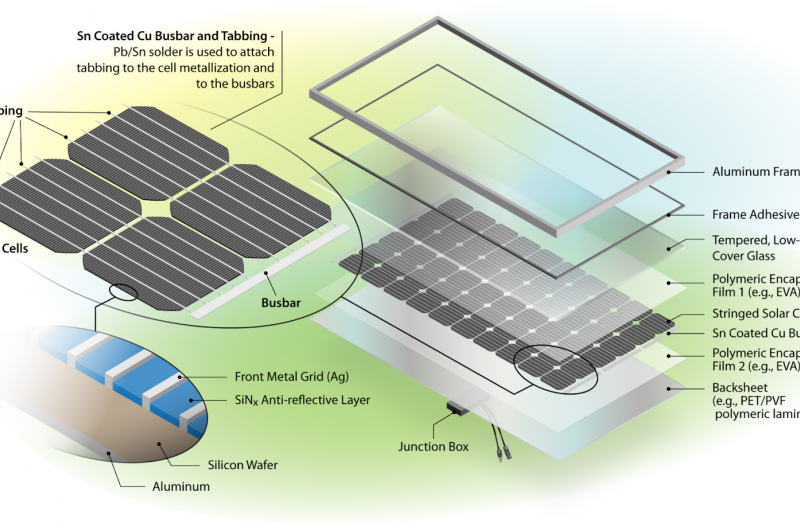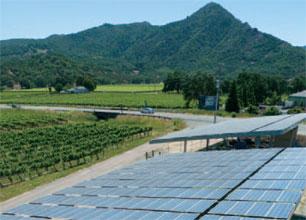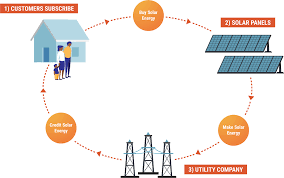To summarize, recent advancements in solar technology are rapidly progressing to enhance both energy generation and storage capabilities. Breakthroughs such as perovskite solar cells, tandem solar cells, and bifacial panels are pushing the boundaries of efficiency, enabling the capture and conversion of sunlight into electricity more effectively than ever before. Simultaneously, there have been significant developments in energy storage solutions, including advancements in lithium-ion batteries and emerging technologies like flow batteries. These solutions enable solar systems to store excess energy generated during peak sunlight for later use when sunlight is limited. Moreover, the integration of smart inverters, grid optimization technologies, and AI-driven analytics is revolutionizing the management and utilization of solar energy. This integration improves grid stability and optimizes the efficiency of solar installations. Collectively, these advancements contribute to the reliability, cost-effectiveness, and scalability of solar energy. They address the increasing global energy demands while reducing reliance on fossil fuels and combating climate change. Ongoing research and innovation hold the promise of an even more transformative future for solar technology worldwide.
You May Also Like
Understanding batteries
Amp Hour Capacity: This metric indicates the amount of energy a battery can hold. The ampere-hour capacity is…
How to charge a battery with a solar panel
How to charge a battery with a solar panel Charging your batteries with a solar panel is a…
How do solar panels converts sunlight into electricity
Solar panels represent innovative tools that tap into the vast energy of sunlight, converting it into electricity using…
Can I install solar myself
It is increasingly common for homeowners who value environmental sustainability and wish to reduce their energy costs to…
Reasons why solar battery drain fast
What is solar battery? A solar battery also known as a solar storage battery or solar energy storage…
What are the environmental impacts of solar energy
Solar power is often praised for its role in promoting environmental sustainability, providing a clean and renewable alternative…
How do solar panels perform in different weather conditions?
Solar energy stands out as a clean electricity source, accessible through various methods, including solar panels. Despite its…
Potentials for solar power energy in the future
The Future of Solar Energy focuses solely on the two well-established technologies for converting solar energy into electricity:…
The Role Of Community Solar Projects
Community solar projects, also referred to as community solar gardens or shared solar programs, have emerged as a…
Difference between on-grid and off-grid solar systems
The key difference between on-grid and off-grid solar systems lies in their connection to the public electricity grid…

.png)











